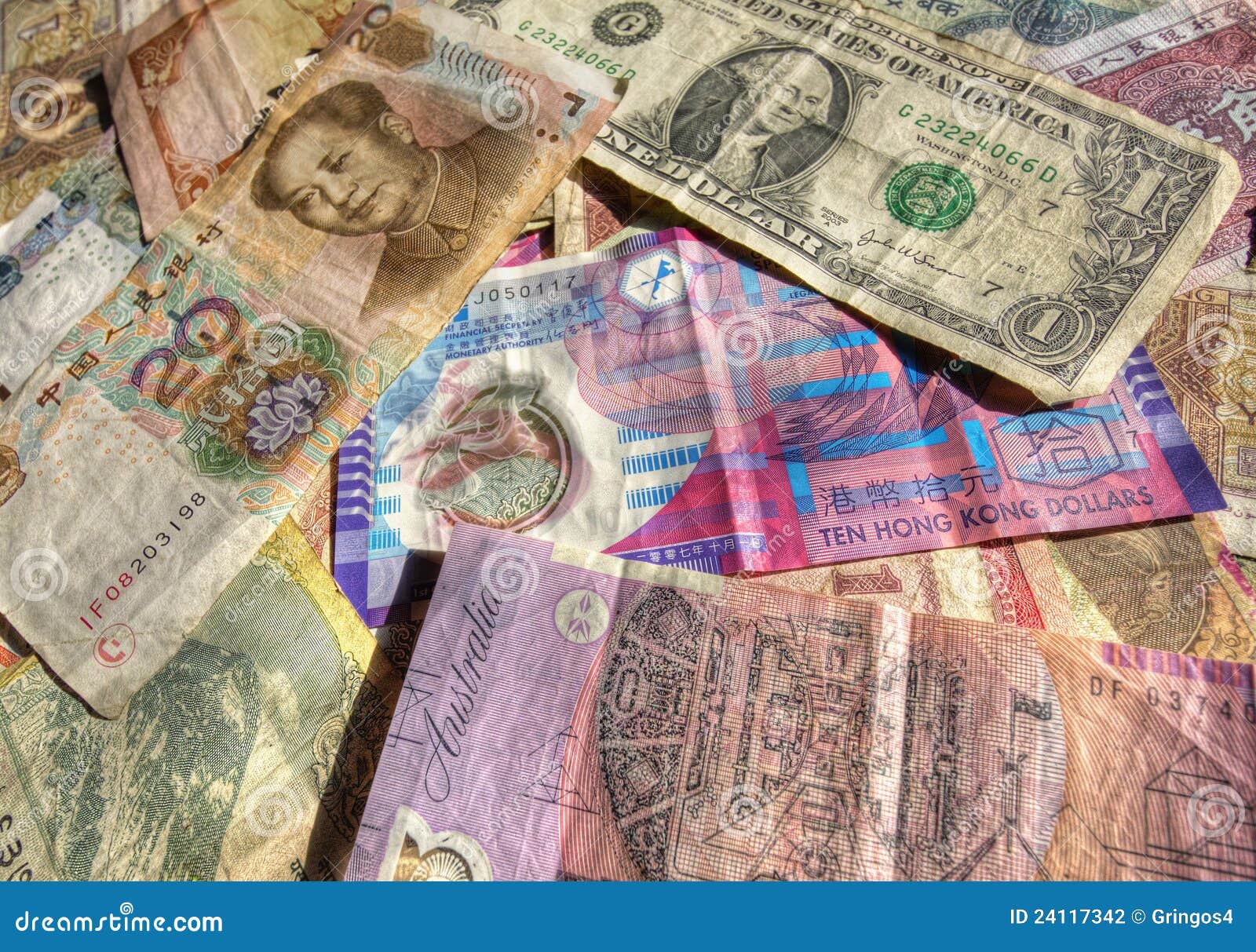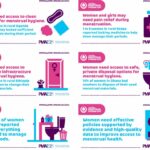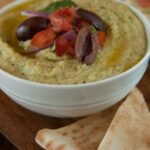How to Trade a Currency Fund: The Step by Step Guide That Shows How Anyone Can Trade a Fund
Introduction
Trading currency funds can be a lucrative endeavor for those who understand the market and have the right strategies in place. In this step by step guide, we will explore the process of trading a currency fund and offer valuable insights for both beginners and experienced traders. Whether you’re just starting out or looking to enhance your trading skills, this guide will provide you with useful information to navigate the exciting world of currency trading.
Table of Contents
1. Understanding Currency Funds
2. Setting Investment Goals
3. Choosing a Currency Fund
4. Conducting Fundamental Analysis
4.1 Economic Indicators
4.2 Interest Rates
4.3 Geopolitical Factors
4.4 Market Sentiment
5. Technical Analysis
5.1 Charts and Patterns
5.2 Indicators
5.3 Support and Resistance
6. Developing a Trading Plan
6.1 Entry and Exit Strategies
6.2 Risk Management
6.3 Position Sizing
7. Opening a Trading Account
7.1 Choosing a Broker
7.2 Account Types
7.3 Demo Trading
8. Execute Trades
8.1 Placing Orders
8.2 Monitoring Trades
8.3 Managing Positions
9. Review and Evaluate Trades
9.1 Analyzing Performance
9.2 Adjusting Strategies
10. Advanced Trading Techniques
10.1 Fibonacci Retracement
10.2 Trend Trading
10.3 Breakout Trading
11. Emotional Control and Discipline
11.1 Managing Emotions
11.2 Staying Disciplined
12. Learn from Mistakes
12.1 Tracking Trades
12.2 Learning from Losses
12.3 Continuous Improvement
13. Market Analysis and News
13.1 Staying Informed
13.2 Economic Calendar
14. Testing and Backtesting Strategies
14.1 Using Demo Accounts
14.2 Historical Data Analysis
15. Conclusion
Understanding Currency Funds
In order to trade a currency fund effectively, it is crucial to have a solid understanding of how these funds operate. Currency funds are investment vehicles that allow individuals and institutions to trade currencies in the foreign exchange market. These funds can be managed by professionals or operated as mutual funds, hedge funds, or exchange-traded funds (ETFs).
Setting Investment Goals
Before diving into currency trading, it is important to define your investment goals. Are you looking for short-term gains or long-term growth? Are you willing to take high risks for potentially high rewards or do you prefer a more conservative approach? Clarifying your goals will help you make informed decisions throughout the trading process.
Choosing a Currency Fund
When selecting a currency fund, consider factors such as fund performance, fees, transparency, and the fund’s investment strategy. Research various funds, compare their track records, and evaluate their risk profiles to find the one that aligns with your investment goals and risk tolerance.
Conducting Fundamental Analysis
Fundamental analysis involves evaluating economic indicators, interest rates, geopolitical factors, and market sentiment to understand the value of a currency. This analysis helps traders make informed decisions about whether to buy or sell a particular currency.
Technical Analysis
Technical analysis involves studying charts, patterns, and indicators to identify potential trends and price movements. By analyzing historical data, traders can make predictions about future price movements and time their trades accordingly.
Developing a Trading Plan
A trading plan outlines your trading strategies, including entry and exit points, risk management techniques, and position sizing. Having a well-defined plan helps maintain discipline and minimizes emotional decision-making during volatile market conditions.
Opening a Trading Account
To start trading currency funds, you will need to open a trading account with a reputable broker. Consider factors such as account types, minimum deposit requirements, trading platforms, and customer support when choosing a broker.
Execute Trades
Once your trading account is set up, you can start executing trades based on your trading plan. This involves placing orders, monitoring trades, and managing positions to maximize profits and minimize losses.
Review and Evaluate Trades
Regularly reviewing and evaluating your trades is crucial for identifying strengths and weaknesses in your trading strategies. Analyzing performance and adjusting your approach as needed can help improve your overall trading skills.
Advanced Trading Techniques
For experienced traders, incorporating advanced techniques such as Fibonacci retracement, trend trading, and breakout trading can enhance their trading strategies and potentially increase profitability.
Emotional Control and Discipline
Managing emotions and maintaining discipline are essential for successful trading. By controlling fear, greed, and impulsiveness, traders can make rational decisions and avoid costly mistakes.
Learn from Mistakes
No trader is immune to losses. Learning from mistakes and analyzing past trades can provide valuable insights for future trading decisions. Continuous improvement is key to long-term success.
Market Analysis and News
To stay informed and make well-informed trading decisions, staying updated on market analysis and news is essential. Keep tabs on economic events, political developments, and economic calendars to anticipate potential market movements.
Testing and Backtesting Strategies
Before deploying strategies in the live market, it is advisable to test and backtest them using demo accounts and historical data. This helps traders gain confidence in their strategies and identify any weaknesses before risking real money.
Conclusion
Trading a currency fund requires a combination of knowledge, skills, and discipline. By following this step by step guide and implementing the strategies discussed, anyone can learn how to trade a fund successfully. Remember to stay informed, continuously improve, and adapt your strategies as market conditions evolve.
FAQs
1. What is a currency fund?
A currency fund is an investment vehicle that allows individuals and institutions to trade currencies in the foreign exchange market.
2. How do I choose the right currency fund?
Consider factors such as fund performance, fees, transparency, and investment strategy when choosing a currency fund that aligns with your goals and risk tolerance.
3. What is the difference between fundamental and technical analysis?
Fundamental analysis involves evaluating economic indicators, interest rates, and market sentiment, while technical analysis involves studying charts, patterns, and indicators to predict future price movements.
4. How can I control my emotions while trading?
Practice emotional control by staying disciplined, avoiding impulsive decisions, and sticking to your trading plan.
5. Is backtesting strategies necessary?
Backtesting strategies using historical data and demo accounts can help identify weaknesses and gain confidence in your trading strategies before risking real money.
Gallery
How To Trade A Currency Fund : The Step By Step Guide That Shows How

Photo Credit by: bing.com /
Why Use A FOREX CURRENCY TRADING System With Trail – Vo-marz

Photo Credit by: bing.com / trading currency forex system intraday profit consistent trail why use marz vo cook mary
International Trade Currency Stock Photography – Image: 24117342

Photo Credit by: bing.com /
Introduction To Currency Trading – Halong Classic Sail – The Beats Of

Photo Credit by: bing.com / trading money currency introduction international likely most rewarding write reading because re
Where Trade To Currency

Photo Credit by: bing.com / forex currency trader







